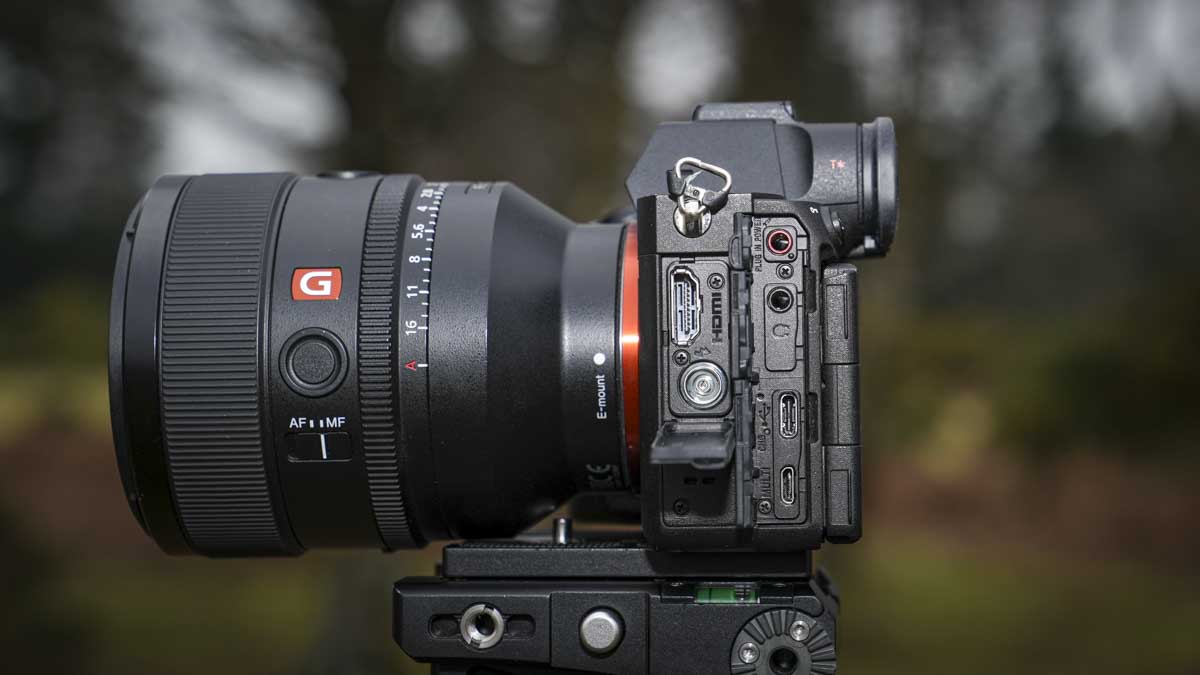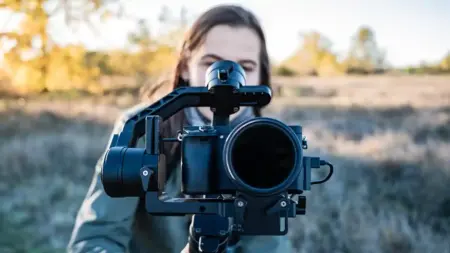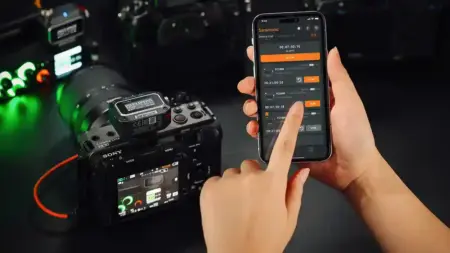Straight up the Sony A7R V is a superb camera, delivering a level of speed and precision that makes it a serious tool for professionals and while enthusiasts will love this camera if you are considering it – do carefully consider the size of those files. Sony’s AI-driven autofocus system is one of the big upgrades, and the more I tested it the more I could see that it genuinely lives up to the hype. Subject recognition is accurate identifying and tracking humans, animals, birds, insects, vehicles, and even aeroplanes with my 200-600mm lens.
Autofocus performance holds up impressively well in different lighting conditions. In low light, the system remains responsive, locking onto subjects even in dim environments. High-contrast situations or rapidly changing light don’t seem to throw it off either, thanks to the AI processing that helps predict movement and maintain sharp focus. This is where the A7R V really stands out from its predecessor—it doesn’t just focus quickly, it does so intelligently.
When it comes to high ISO performance, the A7R V shows decent noise control, though the improvement over the A7R IV isn’t dramatic. The Bionz XR processor helps in refining image processing, resulting in cleaner files at higher ISO values, particularly in shadow areas where noise can often creep in. Images up to ISO 3200 or even 6400 retain excellent detail with fine-grained noise that doesn’t heavily impact image quality. Beyond that, noise does become more apparent, but it remains well controlled and doesn’t completely degrade the finer details. The camera also maintains dynamic range slightly better than its predecessor at higher ISO settings, preserving highlight and shadow details more effectively. While this isn’t a low-light specialist like the A7S III, it does get the balance between resolution and high ISO performance.

Handling such high-resolution files could be a challenge, but Sony has addressed this with the improved processing power. The dual Bionz XR processors make the A7R V feel fast and responsive, even when working with large 61MP raw files, if only that speed had crossed over to my PC. Everything from startup times to image review and menu navigation runs smoothly. Shooting at 10fps sees the buffer handling extended bursts much better than the previous A7R. The increased buffer capacity enables longer bursts before hitting any slowdown, and using CFexpress Type A cards significantly improves that performance. Even when the buffer fills, it clears quickly, letting you get back to shooting too much of a wait.
Sony has also made a few changes to the in-body image stabilisation, with the A7R V now offering up to 8 stops of stabalisation. This is a big jump from the 5.5 stops in the A7R IV. The most noticeable difference is when shooting at slower shutter speeds, as it enables sharper images without the need for a tripod. For video, the stabilisation system also helps smooth out minor movements, before you need to switch to a gimbal, although a gimbal will always be a better option.
Battery life remains pretty good for a camera in this class. Sony rates the A7R V at around 530 shots when using the LCD and 440 shots with the EVF, though I found that this varied depending on the settings I was using and the shooting conditions – so use this as a variable guide.
If you’re are a professional then you’ll probably pack another battery anyway, and I’ve found the SmallRig NP-FZ batteries a great option. Through the test I found that essentially I was able to get through most of the day without needing to swap batteries when shooting stills, but as ever when shooting video this is an entirely different matter.
 Overall, the Sony A7R V is an excellent camera that has been designed for professionals needing a combination of resoution and speed. The AI-powered autofocus, improved processing speed, and enhanced stabilisation make it quite a leap forward from its predecessor despite the fact that it retains that 61 MP sensor.
Overall, the Sony A7R V is an excellent camera that has been designed for professionals needing a combination of resoution and speed. The AI-powered autofocus, improved processing speed, and enhanced stabilisation make it quite a leap forward from its predecessor despite the fact that it retains that 61 MP sensor.










 Overall, the Sony A7R V is an excellent camera that has been designed for professionals needing a combination of resoution and speed. The AI-powered autofocus, improved processing speed, and enhanced stabilisation make it quite a leap forward from its predecessor despite the fact that it retains that 61 MP sensor.
Overall, the Sony A7R V is an excellent camera that has been designed for professionals needing a combination of resoution and speed. The AI-powered autofocus, improved processing speed, and enhanced stabilisation make it quite a leap forward from its predecessor despite the fact that it retains that 61 MP sensor.